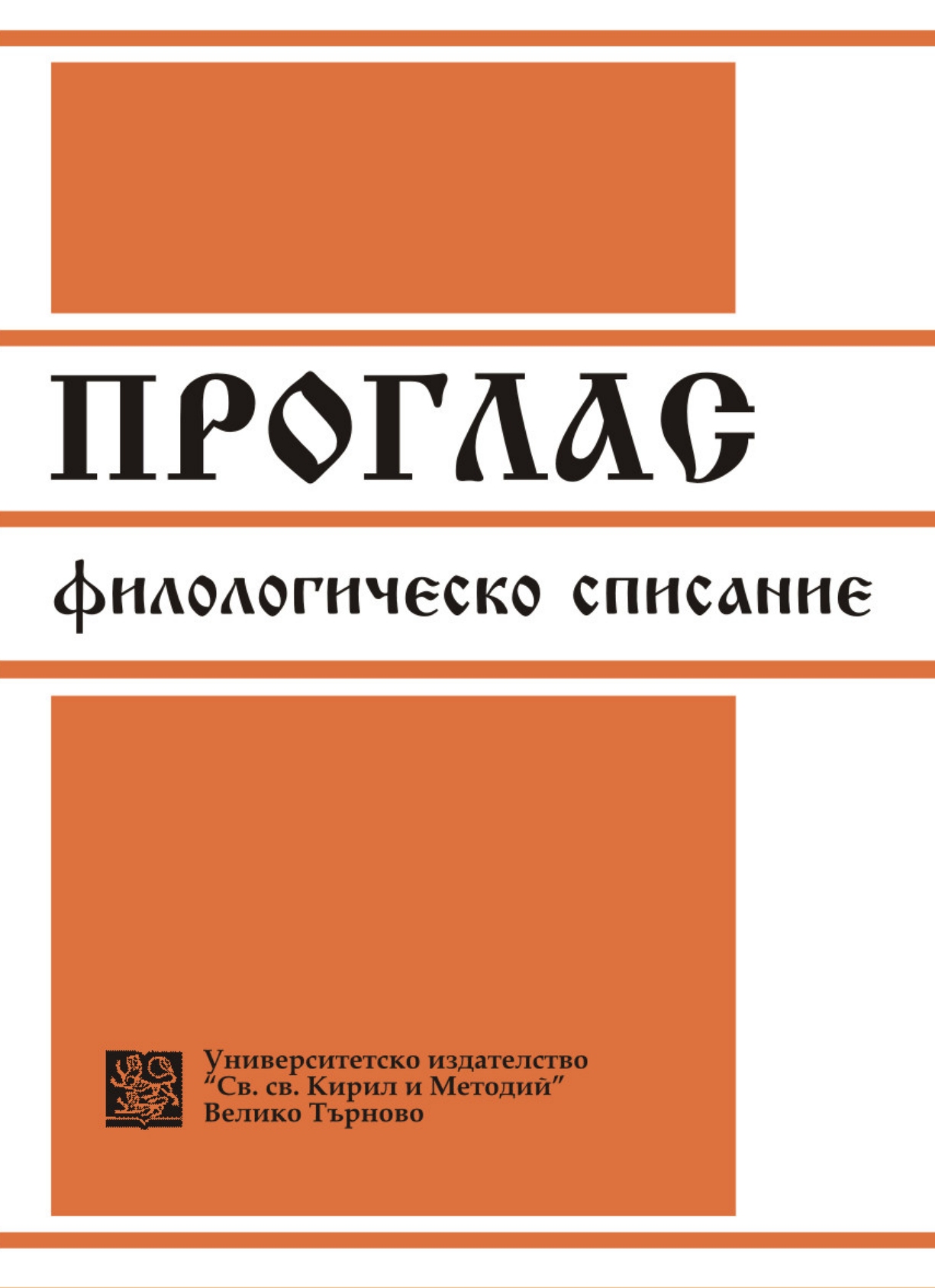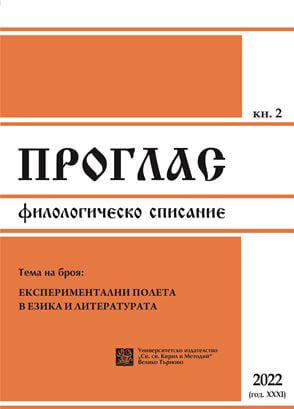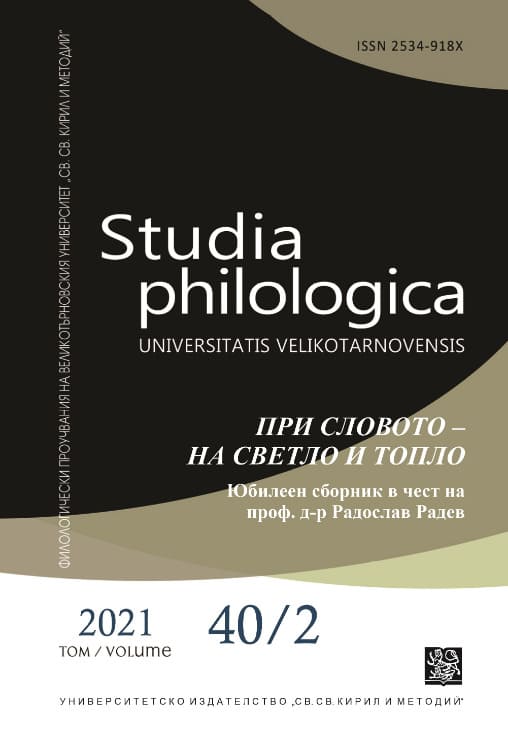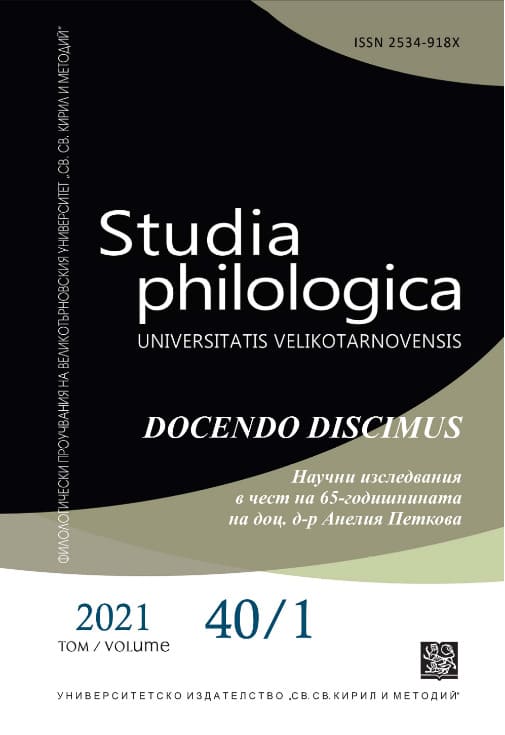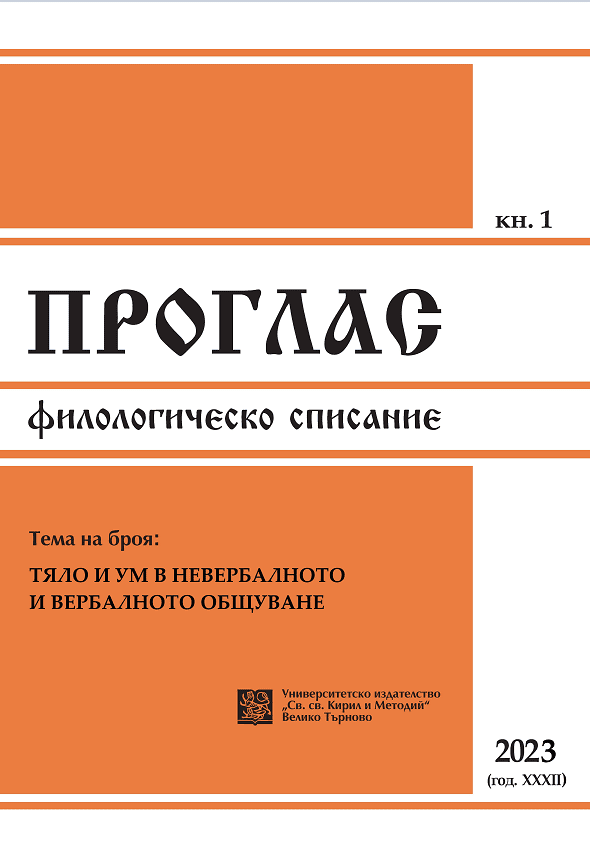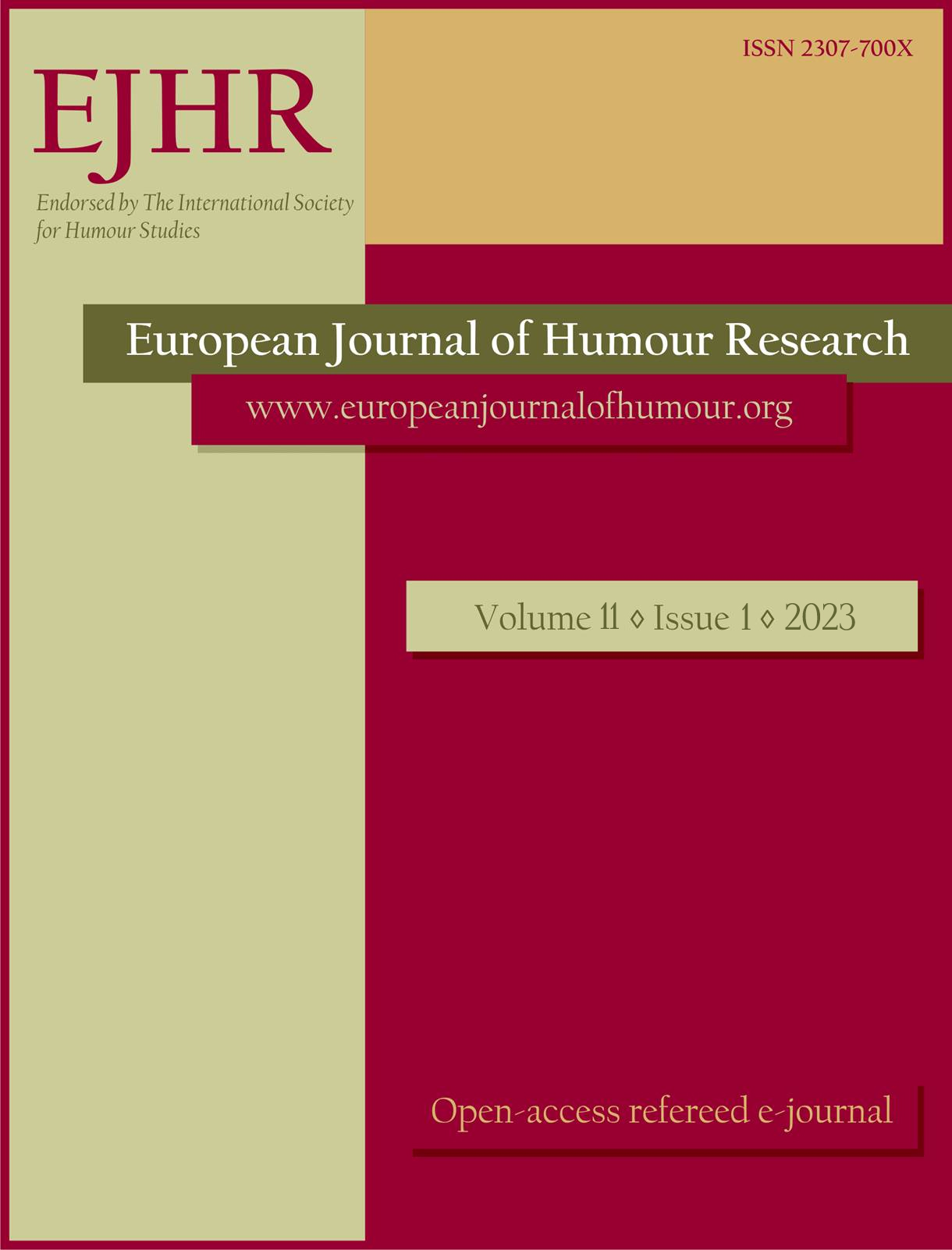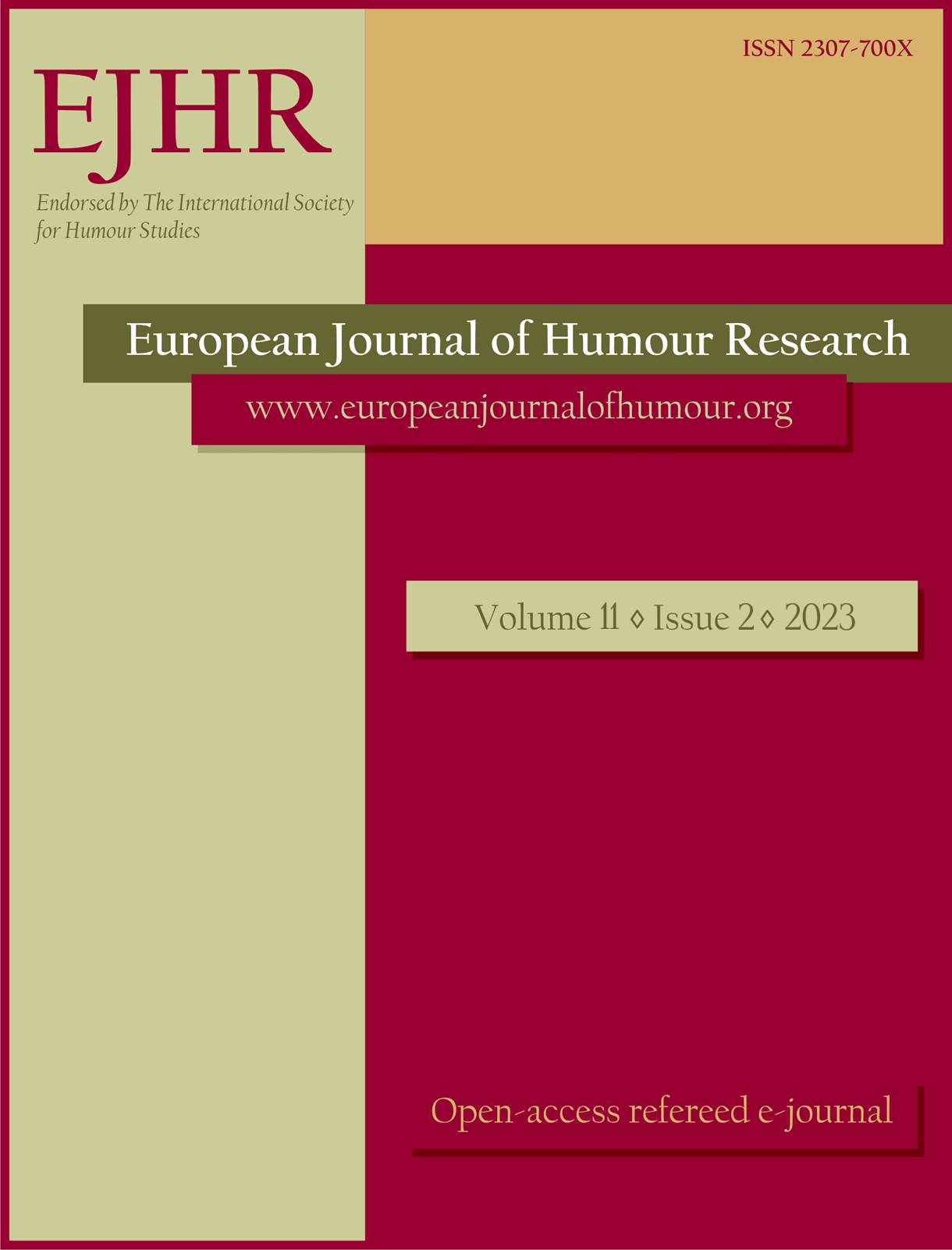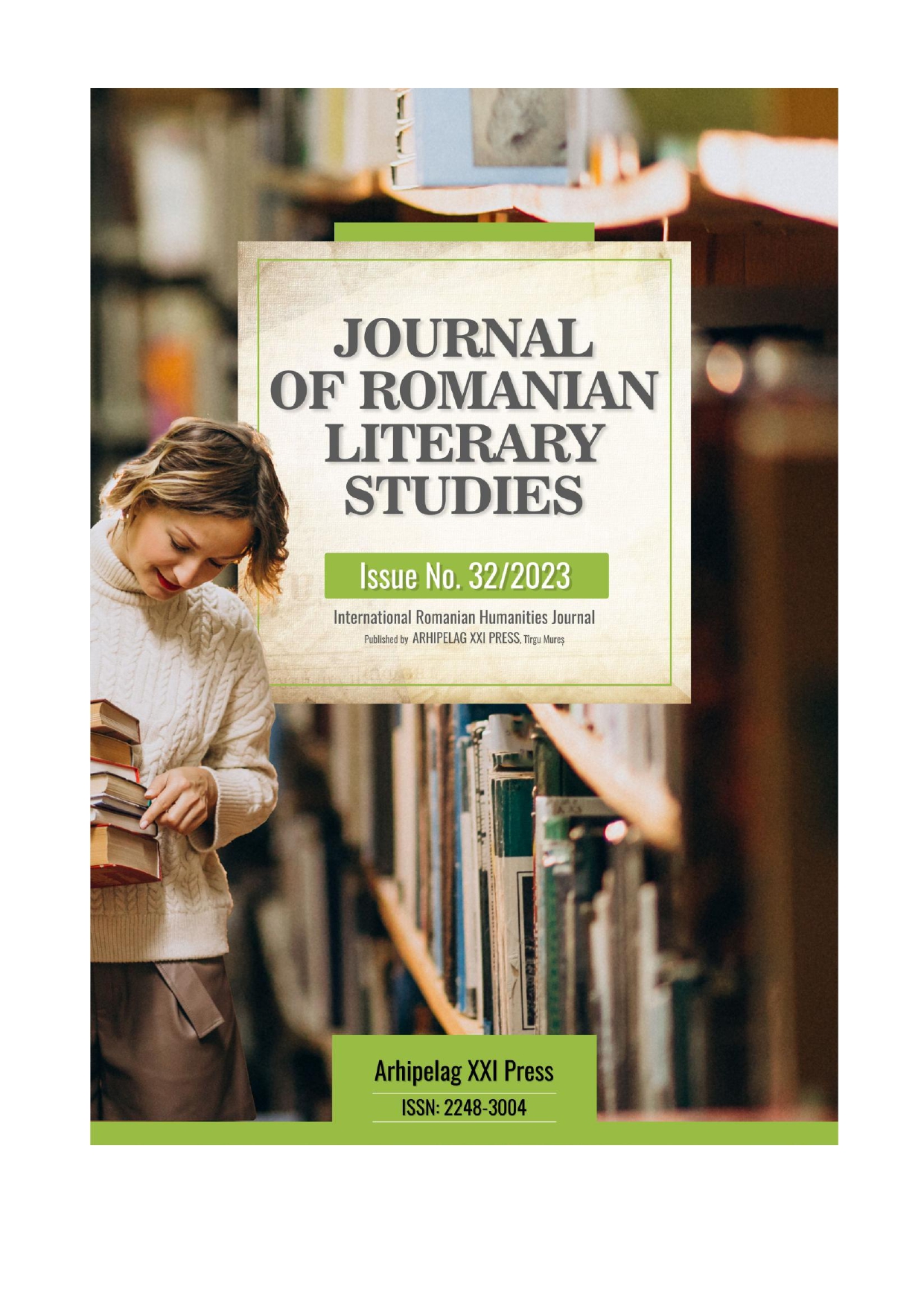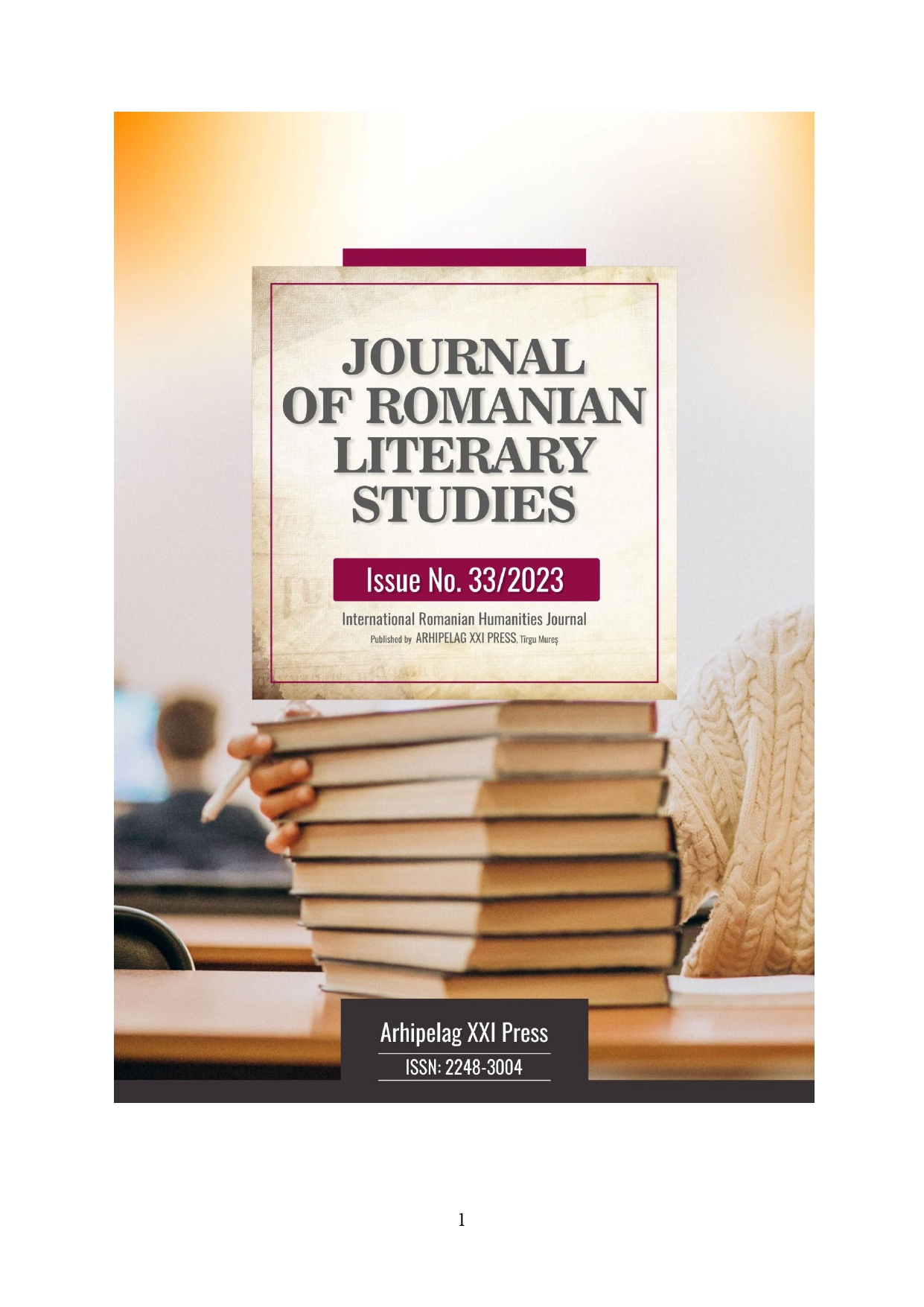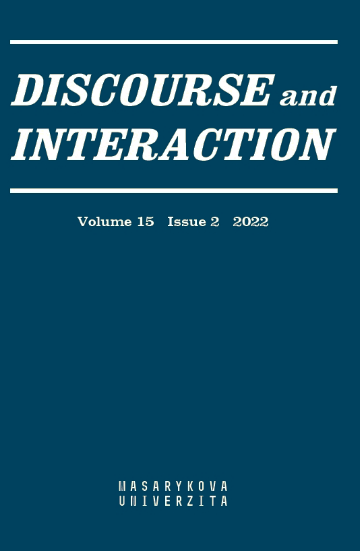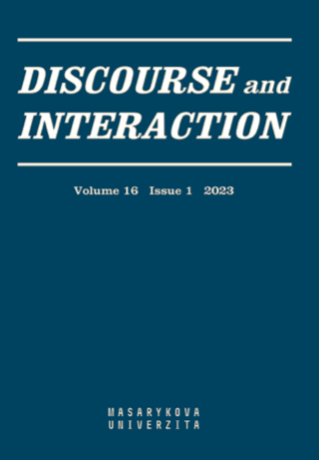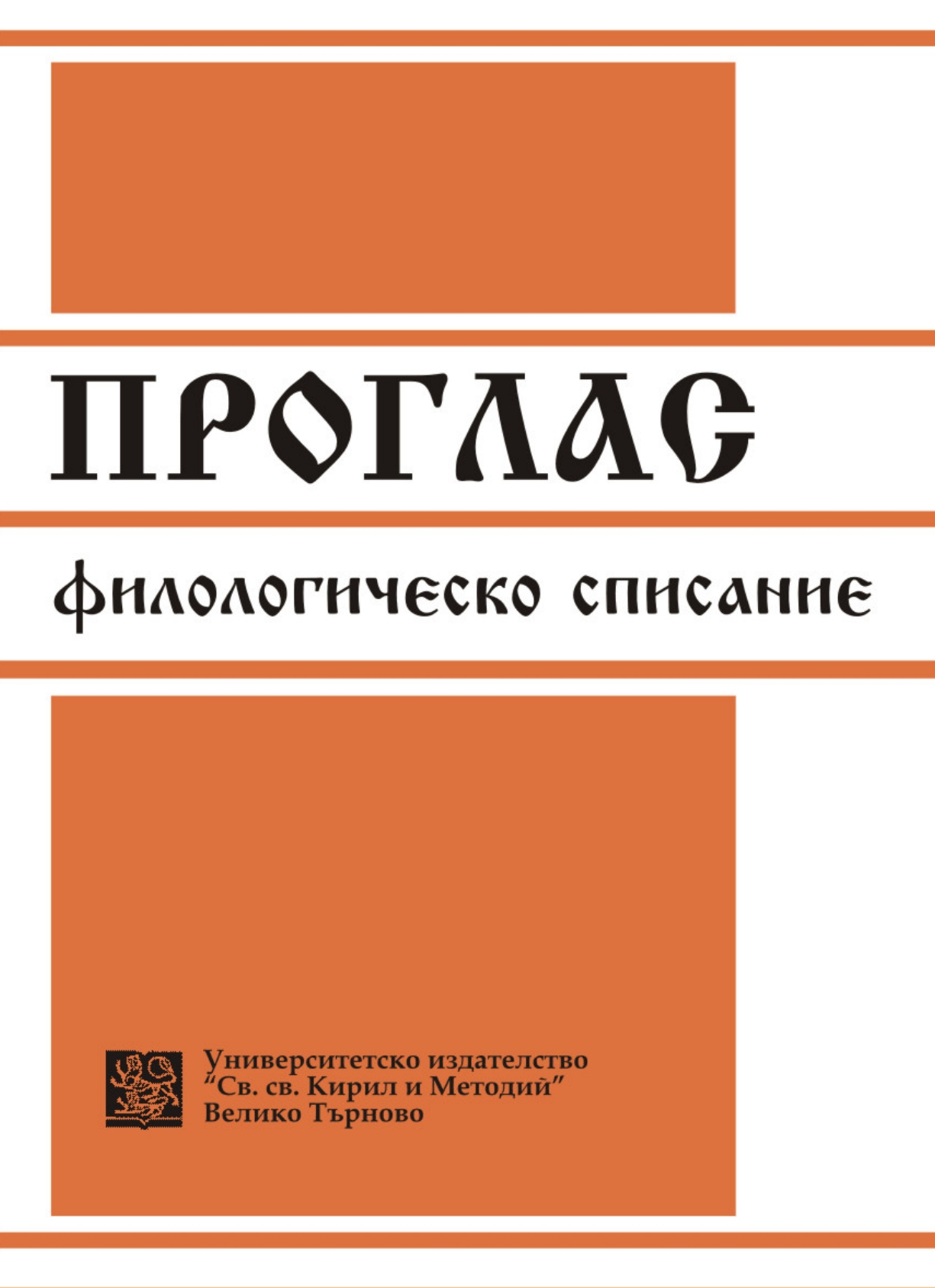
Продуктивни модели на валентна вариативност в английския и българския език
It is conventional in traditional structural linguistics to assume that one verb may occur in different syntagmatic realizations, such as ‘He closed the door – The door closed’ or ‘She stopped the car – The car stopped’. Dik’s (1997) Functional Grammar postulates a differentiation between the semantic component of a verbal lexeme and its predicate frame. The latter may undergo variation in terms of reduction or extension without affecting the semantic core which remains unchanged. This paper outlines typical productive patterns of valence variation – predicate frame reduction or extension, in processes of verbal derivation in English and Bulgarian. The functional analysis applied here offers an innovative account and subsumes within one theoretical model a wide gamut of phenomena, such as structures with a ‘locative Object’, ‘free datives’ or the Bulgarian ‘dative of disposition’.
More...
